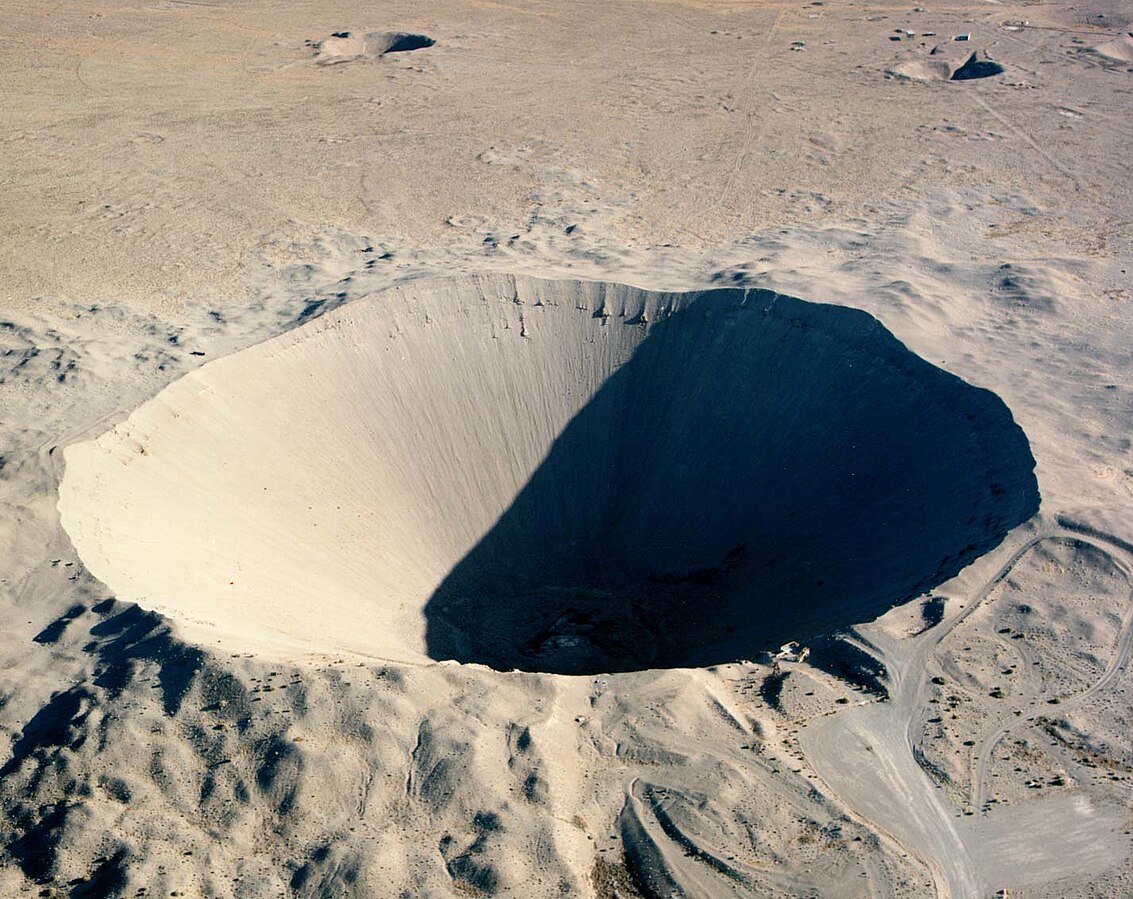Sedan Nuclear Test, 1962
 |
| The Sedan Test |
The United States was not alone in its studies of PNEs -- Peaceful Nuclear Explosions. The Soviet Union also had a program. Theirs was called Nuclear Explosions for the National Economy.
Among the uses that were suggested for PNEs were such projects as widening the Panama Canal, creating new canals and waterways, blasting through mountains to create interstate highways and railways, and various mining operations. It was also believed that PNEs could be useful in freeing up natural gas and oil deposited in difficult formations.
If the thought of these types of projects sends a shudder down your spine, think of the implications in the 1960's, when we knew even less about what we were doing than we do now. Testing came first, of course, and over a period of 11 years, from December 10, 1961 to May 17, 1973, 27 nuclear tests for peaceful uses were made by the United States.
The second of these tests was performed on July 6, 1962, and was called Storax Sedan. Sedan was a 104 kiloton bomb. That would be the equivalent of 104,000 tons of TNT, or about five times the power of the bomb dropped on Nagasaki. The bomb was buried 635 feet below the surface, in the Nevada National Security Site at Yucca Flat.
 |
| The Resulting Crater |
And then, of course, there was the radiation. The cloud of radiation rose into the air, and then separated into two separate plumes that began traveling, first northeast, and then east, roughly parallel to each other. Fallout was heaviest in eight counties in Iowa and one county each in Nebraska, South Dakota, and Illinois. Of all the nuclear tests ever performed in the United States, Sedan was highest in the amount of radionuclides released. It accounts for about 7% of the total amount of radiation released by testing in the United States, peaceful and otherwise.
In 1977, funding for Operation Plowshare was quietly terminated. Over the course of its existence, the total cost of the program has been estimated at over $770 million.
All of the nuclear testing that took place in this country over the years has had one significant effect. The radioactive debris is still out there. There are at least 839 underground test locations that have radioactive debris buried, and the Department of Energy has evaluated it as impractical to be removed.
In 2005, Ellen Tauscher, a Congresswoman from California, gave testimony to the U.S. House of Representatives regarding the containment of nuclear debris, and specifically cited the example of Sedan. Unfortunately, in the Congressional Record, the word was transcribed as Sudan, which immediately attracted world-wide attention -- particularly on the part of the Sudanese government. The United States has, of course, explained the typographical error, and the Sudanese apparently accept our explanation. Nevertheless, they continue to investigate the situation.
Original Military Film of the Sedan Nuclear Test
No comments:
Post a Comment